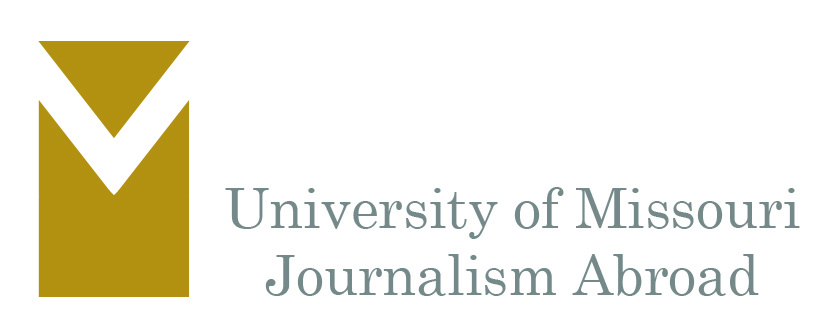How has your New York Program experience helped with other internship or job interviews?
I was working as a graphic designer for Council for European Studies (CES). I had tremendous opportunities to work on design projects and enhance my professional skills. After my internship ended in June, I still maintained a good contact with my supervisor and coworkers at CES, and they also kindly offered me a part-time job so that I can continue working with them. This internship experience also helped me with my other job interviews. When I was applying for a public relations specialist position at US-China Youth Education Solution Foundation, the director was very impressed by the promotional works I designed for CES and its annual International Conference of Europeanists. The interview went well and I got the job offer successfully.
How did you choose your internship?
I am personally very interested in working with NGOs with a good cause, that’s why I specifically looked for those organizations when I was job seeking. I found the job post of CES on idealists.com. And after researching its website and job post, I was aware of who they were and what kind of people they were looking for. They were looking for someone who can help them redesign their online publications and enhance CES’s social media strategy to aid publicity and fundraising efforts with visually attractive deliverables. What I valued the most was the wide range of learning experiences across the relevant work domains of nonprofit programming, communications and design needs.
What skills or insight did you gain from your internship?
I was responsible for the VI design of CES’s online journal EuropeNow. As most of CES board members were scholars who had little knowledge on design, I designed numerous logos with entirely distinct styles at the initial stage to scout for their preferences. The ultimate logo style and visual design of the online journal was formulated after one-month repeated modification, and it eventually went online under the joint efforts of the programmers and editors. Bearing witness to the development of burgeoning EuropeNow website that has gained great approval from many European artists, I profoundly realized the birth of an extraordinary work requires constant improvement, exceptional patience and meticulousness.
I was working as a graphic designer for Council for European Studies (CES). I had tremendous opportunities to work on design projects and enhance my professional skills. After my internship ended in June, I still maintained a good contact with my supervisor and coworkers at CES, and they also kindly offered me a part-time job so that I can continue working with them. This internship experience also helped me with my other job interviews. When I was applying for a public relations specialist position at US-China Youth Education Solution Foundation, the director was very impressed by the promotional works I designed for CES and its annual International Conference of Europeanists. The interview went well and I got the job offer successfully.
How did you choose your internship?
I am personally very interested in working with NGOs with a good cause, that’s why I specifically looked for those organizations when I was job seeking. I found the job post of CES on idealists.com. And after researching its website and job post, I was aware of who they were and what kind of people they were looking for. They were looking for someone who can help them redesign their online publications and enhance CES’s social media strategy to aid publicity and fundraising efforts with visually attractive deliverables. What I valued the most was the wide range of learning experiences across the relevant work domains of nonprofit programming, communications and design needs.
What skills or insight did you gain from your internship?
I was responsible for the VI design of CES’s online journal EuropeNow. As most of CES board members were scholars who had little knowledge on design, I designed numerous logos with entirely distinct styles at the initial stage to scout for their preferences. The ultimate logo style and visual design of the online journal was formulated after one-month repeated modification, and it eventually went online under the joint efforts of the programmers and editors. Bearing witness to the development of burgeoning EuropeNow website that has gained great approval from many European artists, I profoundly realized the birth of an extraordinary work requires constant improvement, exceptional patience and meticulousness.


